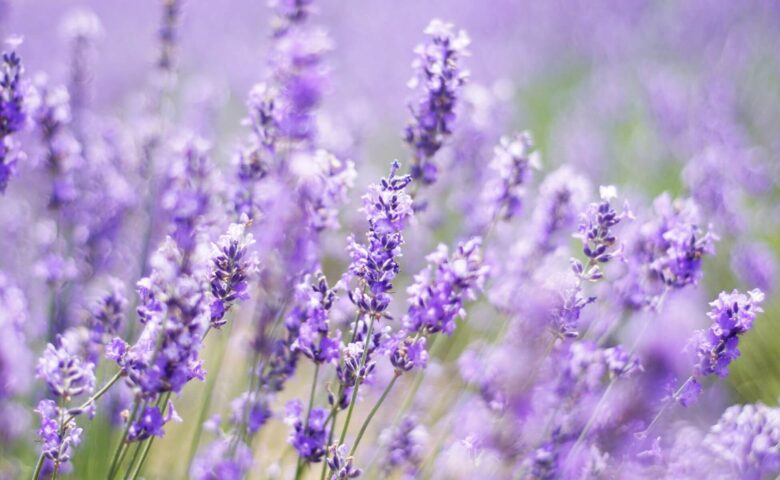The island is also highly renowned for the quality of its olive oil and olive cultivation, which is an integral part of island life. Most families have olive groves and produce their own oil using various locally available oil presses, and you’ll find many signs in the streets of various coastal towns where you can buy olive oil directly from the producers.
The oldest olive press was found in the ruins of a 3rd-century agricultural building near the village of Dol and on the hill of Maslinovik in the heart of Starigrad, preserved from ancient times, an olive press carved into the living rock.
Simpler mills from later times can be seen in all the island’s villages: these are stone troughs where olives are ground with the help of a heavy stone wheel. In ancient times, olive oil was stored in large round ceramic containers called “pithoi,” the remains of which can be found all over the Starigrad Plain. Later, special containers carved into stone blocks, known as “kamenice,” were used and can still be found in island taverns today.
In the past, olive trees were pruned to be tall so that goats and sheep wouldn’t graze their canopies. Nowadays, the canopies are closer to the ground to facilitate easier harvesting.
The most common and oldest olive variety on the island is “oblica,” with large, round fruit. There are also “drobnica,” known for their small fruit, and “levantinka,” which preserves its origins from the Levant, Greece, and the Middle East. In recent years, many olive groves have been revitalized and new ones have been planted. Today, there are approximately 140,000 olive trees on the island of Hvar, and in addition to the four old ones, there are three modern olive mills in operation.


